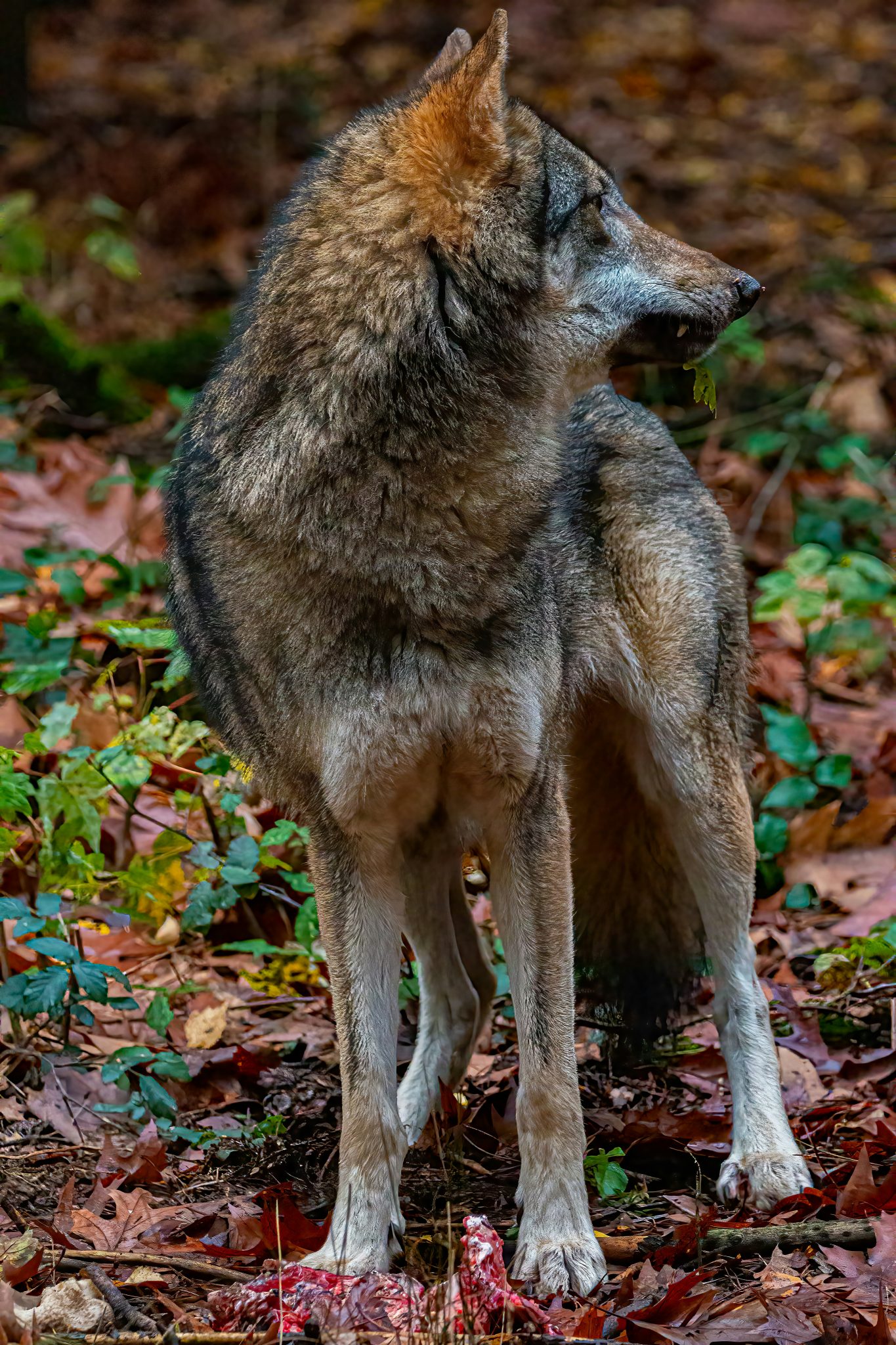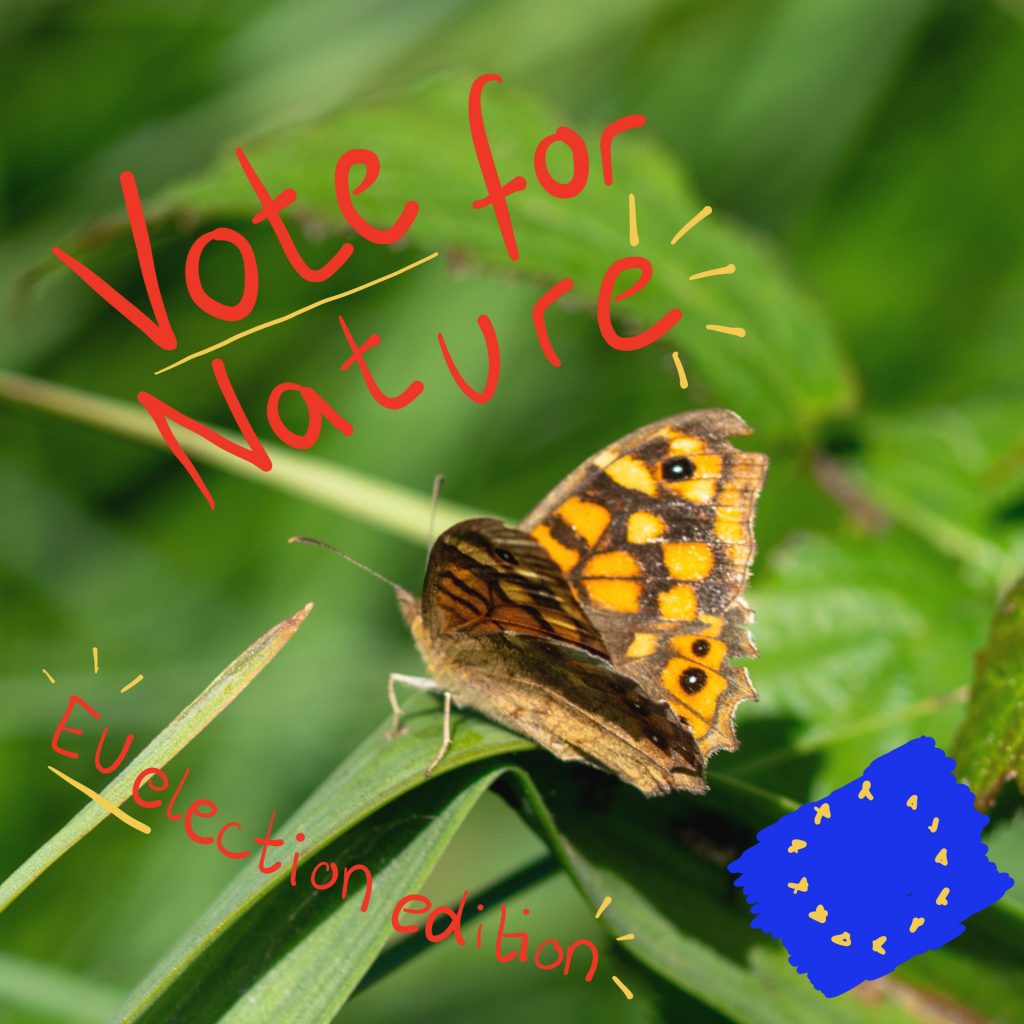The EU is currently deciding on a proposal to reduce the wolf’s protection status from strictly protected to protected. This would imply that wolves can be hunted again in European countries, potentially threatening their population. For the restoration and recovery of ecosystems, large predators like wolves are crucial, and threatening their population by reducing the protective status could be a significant setback in the nature recovery process the EU has made so far.
One of the primary objectives of rewilding is to bring back wildlife to Europe, thereby reestablishing stable and resilient ecosystems. These ecosystems are essential in addressing the challenges posed by the climate crisis. The return of large predators, such as wolves, plays a vital role in achieving this goal. However, this resurgence is not without its conflicts. Many Europeans are unfamiliar with living alongside large predators, and concerns persist about wolf attacks on livestock, humans, and pets in various communities. Nonetheless, the comeback of wolves is critical for ecosystem balance and functionality, necessitating peaceful coexistence strategies.
Currently, the EU faces the challenge of potentially reducing the protective status of wolves, allowing for widespread hunting once again. This move could have detrimental effects on the recovering wolf population across European countries and impede efforts to restore natural cycles and establish resilient ecosystems. From a rewilding perspective, maintaining the wolf’s protection status is paramount, coupled with implementing non-lethal coexistence measures. Several calls and petitions to the EU to preserve the wolf’s protective status have been issued, which we have linked at the bottom of this blog. Given the complexity of the topic, we have compiled all the necessary information regarding the debate on the wolf protection status here.
What is the Wolf's Current Protective Status and Why?
The wolf is recognized as a crucial native species both culturally and ecologically. Human encroachment into its habitat has led to a decline in population, destabilizing ecosystems. Under the Habitats Directive, most wolf populations in Europe are granted a strictly protected status, imposing stringent regulations such as prohibiting deliberate capture, killing, or keeping of wolves. Additional regulations safeguard wolf breeding sites and habitats. Overall, strict protection status entails prioritizing wolf preservation over human interests.
Who Wants to Lower It?
The European Commission (EC) seeks authorization from the European Council to alter the strictly protected status of wolves under the Bern Convention, potentially signaling changes to the Habitats Directive. This move has garnered support from farmers and hunting associations, viewing the reduction of protective status as an effective measure to manage wolf populations.

Is There Evidence to Support Lowering the Protection Status?
While farmer voices advocating for reducing wolf protection status are prominent, scientific research does not support this stance. Studies indicate that lethal control measures are ineffective in preventing livestock depredation, the primary concern of farmers. Furthermore, a recent in-depth study by the European Commission published on December 20, 2023, found no evidence supporting the need to change the wolf’s protection status or indicating a severe livestock predation problem in the EU.
Current Status and What Happens Next
The environmental committee of the European Council will decide whether to adopt the Commission’s proposal to downgrade the wolf’s status. By the end of March, the EU’s stance on the proposal will be determined. For the proposal to be rejected, at least four member states representing a minimum of 35 percent of the population must vote against it. Notably, countries like Germany and Spain together account for almost 30 percent of the population. Spain has indicated non-support for the proposal, while Finland, Italy, and Sweden have responded positively. Germany, Poland, Portugal, and Hungary have yet to take clear positions. If the proposal passes, it will progress to the Standing Committee in Bern in December. With the EU comprising 27 of the 50 members of the Convention, the proposal will likely pass, requiring a two-thirds majority. If approved in Bern, the EU will likely amend the habitat directive to reflect the new protective status, removing the wolf from the strictly protected list of species.
Make Your Voice Count: Here's How You Can Get Involved
While the EU is strongly advocating for lowering the wolf’s protection status, the final decision is pending. Although most individuals cannot vote directly, participating in petitions can exert pressure on governments to make informed decisions. Below are links to petitions where you can voice your opinion. Additionally, spreading awareness about the issue and sharing informational materials can encourage more people to take action.






